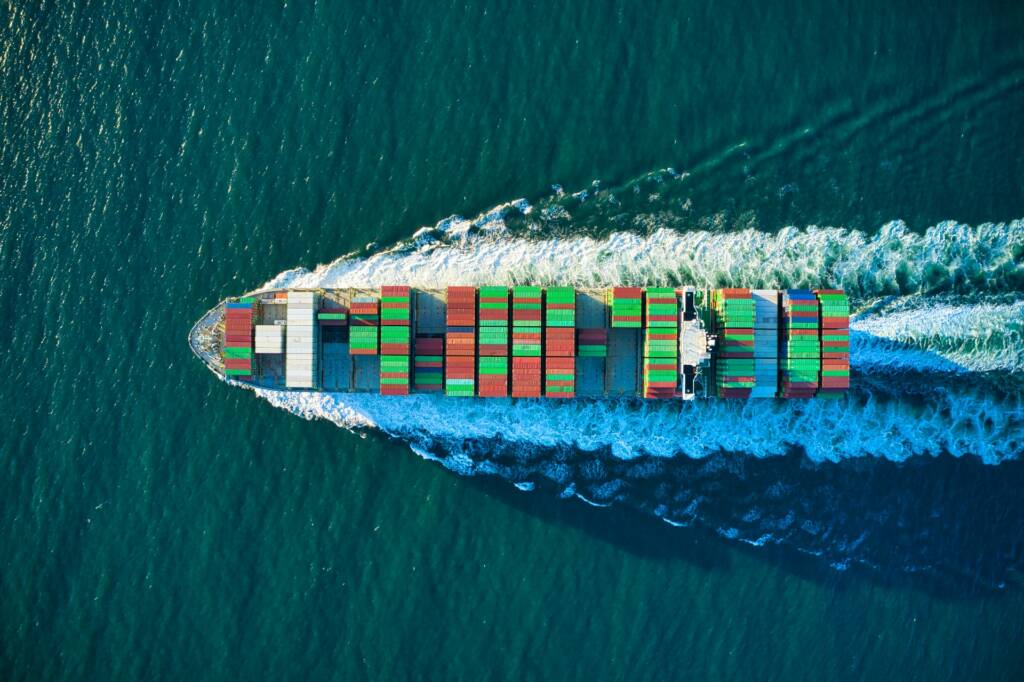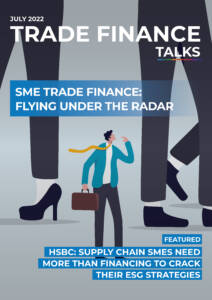Despite years of discussion, commercial bankers have not seen much improvement in the process of de-risking.
Further, the situation in corresponding banking has witnessed accelerated de-risking and a rise in the number of account openings and onboarding requests in the last five months.
This indicates a clear aggravation in the correspondent banking area.
How did it come to this?
The process of de-risking in correspondent banking has been taking place over the last several years.
This has forced many banks in Eastern Europe to open foreign currency accounts with Russian banks, which, in light of the Russia-Ukraine crisis and the newly imposed sanctions against Russia, have now turned to be a deadlock for them.
For some, it can be near impossible to find alternatives, let alone find them quickly.
Banks and regulators in CEE and CIS were unclear about the seriousness of the situation and failed to take the necessary steps on time (as there was still the “Russian emergency exit” in respect of accounts availability).
The seven steps to mitigate correspondent banking decline
- Upgrading and enhancing compliance processes and frameworks to international standards as they are the benchmark in correspondent banking.
- On the regulatory side: advocating proactively for establishing necessary legislation and monitoring as well as supporting local banks to find and diversify access to international accounts.
- A regulator is required to have a well-prepared supervision team for compliance and AML topics.
The essential question is: What is the standing and the power of this team within the structure of the regulatory body and what is the weight of recommendations given versus the local lawmakers or other relevant state authorities? - Respondent banks need to create an understanding around the necessity of transparent communication with their foreign correspondents.
This includes a progress update on the compliance/AML side, seeking guidance and permanently working on improvements.
I would recommend respondent banks to ask themselves how often they proactively approach their correspondent banks with a compliance update, including the introduction or upgrading of new or existing systems, the enhancement of processes, and the development of client portfolios.
According to my experience, in most cases, it is the Western correspondent approaching its Eastern respondent bank(s) and asking these questions. - Understanding that despite having sufficient compliance standards, in the end, a decision of a correspondent bank to open accounts is based on its compliance risk appetite.
This appetite is itself based on different criteria like business strategy, risk-taking capacity, internal system capacity, reputational risk, and alignment with other clearers down the road.
No correspondent bank wants to be “the last man standing” in a market. - In a crisis, support in terms of account opening is given only to long-lasting strategic partners or infrastructure partners.
This means that many respondent banks treated the correspondent banking topic as a purely technical or payments topic, however, it requires senior management attention and investment.
Particularly the current situation is clear proof that lack of proper management of correspondent relationships may seriously endanger a bank’s operations. - Correspondent relationships need to be properly managed after they have been established.
This means it needs well-prepared and dedicated people in FI/correspondent banking and compliance.
These divisions are jointly in the position to present a respondent bank internationally and are capable of clearly and transparently presenting and communicating the relevant numbers and data.
These two positions shall by no means be hidden somewhere in operations, treasury, back-office, or internal control but need to be well equipped and supported by a bank´s top management.
Macroeconomic disruptions play a role
Apart from the acceleration of de-risking, the new Russian sanctions and countersanctions are further impacting global business.
Over the last few months, increased compliance checks and an overload of banks’ back-office and operations infrastructures have disrupted global payment flows.
The risk of defaults and cross-defaults increased substantially, along with visible accelerations in operational risks.
Trade finance has seen a rise in claims under guarantees issued by Russian banks and difficulty in settling them – even when the issuing bank is willing and able to pay on the reimbursement claim.

Increased scrutiny in trade finance
In this environment, trade finance deals are being put under more scrutiny than ever before.
The banks refrain from dealing with the so-called Russian nexus and feel forced to examine corporate counterparts, goods, and delivery routes more thoroughly.
Even without a Russian connection, banks located in countries economically, historically, or politically connected to Russia are viewed as having a higher credit risk.
With the current situation and subsequent risk profiles, price increases are bound to occur.
Combine this with reduced risk appetites for correspondent banks and we may potentially see at least a temporary disruption in trade finance.
A shift in trade routes has also been noted, particularly along the so-called “middle corridor” connecting Central Asia to the European Union.
However, it remains to be seen how far commercial banks in the West will be able to accept these flows.
A sanctioned world
To sum up – I expect the sanctions to remain, bringing increasingly more reputational and operational risks to the forefront.
The reason is the current increase in manual handling in banks, combined with a soaring number of sanctions to be implemented, and a larger scale of sanction hits.
Banks have also been under tremendous pressure from the skyrocketing risks of money laundering, sanctions circumvention, and terrorist financing.
All in all, the de-risking process combined with the sanctions regime will change the mid-to-long-term outlook of the banking landscape.
This will lead to a fundamental change in cooperation and relations between Western correspondents and their respondents in Eastern Europe.
It remains to be seen what the new banking world will look like.
Read the latest issue of Trade Finance Talks, July 2022

























